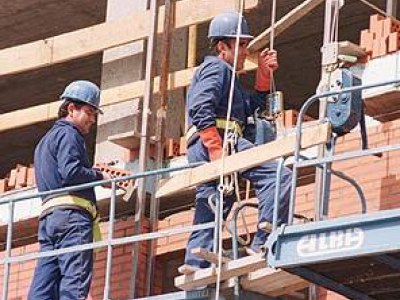Entrevista a Paul Swuste
Entrevista a Paul Swuste
El Sr. Paul Swuste presentó la Conferencia; "A tower crane accident, a ‘normal’ accident?, an investigation of the Dutch Safety Board” en el XII Congreso Internacional de Prevención de Riesgos Laborales, el Jueves, 22 de Mayo, en Zaragoza, España.
CURRICULUM
Paul Swuste is an associate professor of the Safety Science Group of the Delft University of Technology (DUT), The Netherlands. He has a MSc degree in Biochemistry from the University in Leyden and finished his Ph.D. thesis 'Occupational Hazards and Solutions' in 1996 at DUT. From 1980 onwards he is working at the Safety Science Group and engaged in research concerning risk assessments of various occupational hazards, and quality assessments of risk management systems of various industries. Regularly he publishes on these topics both in international and in national scientific journals, and is member of scientific committees of various (inter)national scientific conferences.
ABSTRACT
Tower cranes are complex and impressive installations. The increased technical quality of the cranes is the main reason why scenarios such as ‘crane instability', 'jib instability’ and ‘hoisting equipment instability’ contribute little to accidents. Nowadays ‘load instability’ is still the most dominant accident scenario in crane accidents. Tower cranes are therefore a critical component in a series of elements that make construction sites inherently dangerous. Oddly, scientific literature devotes relatively little attention to analysing the causes of crane accidents and considering how they could be prevented. Crane accident causes are often seen as operator errors on the part of crane operators. Cranes are, however, robust installations and crane drivers are professionals. Lifting activities are risky and management time and finance is always limited. The risks attached to cranes are specific and planning must be linked to specific hazards and to crane-centred risks, like its load, its location and its environmental conditions.
A few years ago a tower crane collapsed in Rotterdam, seemingly without cause. The Dutch Safety Board extensively investigated this accident. One of the questions was related to the accident process, was this accident a ‘normal’ accident in Perrow’s terms, an accident which has to happen.








